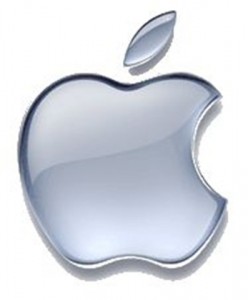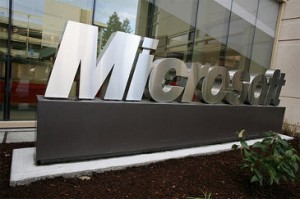MorphoSys is on the height of creating antibodies as they receive the US patent intended for MOR202. The world’s leader when it comes to forming the technology for antibody is proud to have received the patent that is to expire on 2028. However, it is said to be exclusive of any extensions that may be due to regulations.
The said antibody is known to give therapeutic cure to myeloma of multiple forms and even several types of leukaemia. Patients who are currently suffering from a relapsed myeloma are now being subject to the human HuCAL antibody in Phase I/IIa therapeutic tests. It is also a medical development fighting against the deadly cancer cells. MorphoSys has generated this antibody. Having undergone a crucial medical engineering procedure, it is declared as fully human. As studied by the medical experts of the company in four locations of the world, MOR202 or simply the HuCAL antibody to fight CD38, has the potential to be a cure against myeloma and leukemia. This finding is still the focus of the doctors who are experts in engineering and forming the medicines that can cure the incurable diseases currently suffered by many people today.
MorphoSys was established in 1992 as a company catering to the developing and creating antibody technologies that are fully human. This company has been an expert in this medical engineering technology field. In fact, several big companies have partnered with them to support the engineered medicines that are trying its way through the market. Some of these companies include Daiichi Sankyo, Novartis and Boehringer Ingelheim. Companies that are well-known all-over the world who have used the benefits of the antibodies developed by MorphoSys are Pfizer, Merck and Roche.
MosphoSys has come to pass the difficulties in proving themselves. And receiving the US patent for MOR202 is another milestone that serves as their green light for more developments yet to be found.









